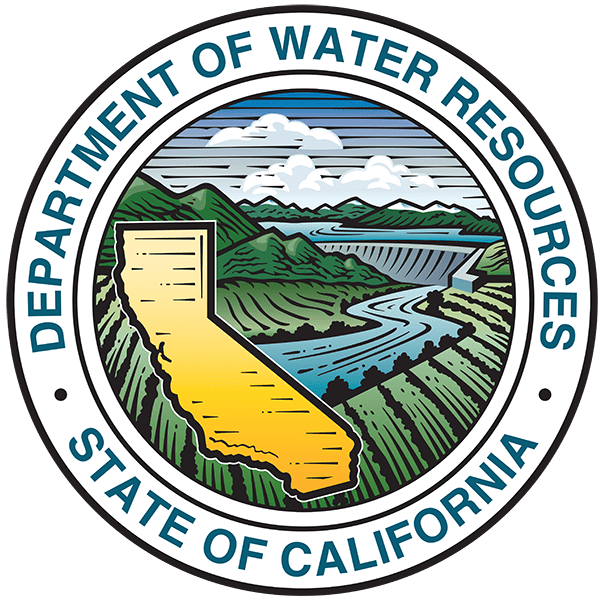 This week DWR released a new Sacramento-San Joaquin Delta Light Detection and Ranging (LiDAR) dataset at http://gisarchive.cnra.ca.gov/iso/ImageryBaseMapsLandCover/LIDAR/DeltaLIDAR2017/
This week DWR released a new Sacramento-San Joaquin Delta Light Detection and Ranging (LiDAR) dataset at http://gisarchive.cnra.ca.gov/iso/ImageryBaseMapsLandCover/LIDAR/DeltaLIDAR2017/
LiDAR, or Light Detection and Ranging, is an aerial remote sensing method that can generate precise, three-dimensional information about the features of the landscape and its surface characteristics.
LiDAR data has many applications; it can be used to make high-resolution maps, develop contours, and create digital terrain models. DWR uses LiDAR data for environmental restoration, subsidence monitoring, modeling, flood management and levee maintenance. Elevation data obtained through LiDAR are vital in identifying levees that require maintenance or for assessing suitable locations for habitat restoration projects. LiDAR can also be used to develop maps that track subsidence and provide high-resolution resource information from a landscape-scale down to individual vegetated areas that would otherwise be difficult to obtain through ground-based observations.
The dataset is available online and is free of charge. DWR and its partners at the U.S. Geological Survey are making this dataset publicly available so that it may be used by a variety of different disciplines including environmental science, subsidence monitoring, modeling, flood management, levee maintenance, and more.
- The data can be found here: http://gisarchive.cnra.ca.go/iso/ImageryBaseMapsLandCover/LIDAR/DeltaLIDAR2017/
- A factsheet can be found here: http://gisarchive.cnra.ca.gov/iso/ImageryBaseMapsLandCover/LIDAR/DeltaLIDAR2017/LiDAR%20factsheet_FINAL_June2019.pdf
Click here to view all posted announcements.
 Get the Notebook blog by email and never miss a post!
Get the Notebook blog by email and never miss a post!
Sign up for daily emails and get all the Notebook’s aggregated and original water news content delivered to your email box by 9AM. Breaking news alerts, too. Sign me up!


